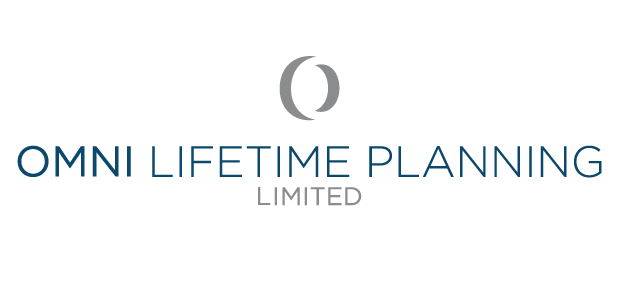Average inheritance tax bill hits £62k
- Omni Lifetime Planning

- Jun 6, 2023
- 3 min read
The freeze on the main inheritance tax (IHT) threshold since 2009 has pushed more estates into the tax net, costing bereaved families almost £62,000.
The IHT liability has risen to £157,000 and £106,000 respectively for estates with a property based in London and the South East, on average, because of surging house prices which have been greatest in those regions over the 14-year period, research by interactive investor shows.
Instead of being uprated with inflation, the IHT threshold has remained at £325,000 since 2009 and will remain frozen at that level until at least 2028.
Meanwhile, growth in house prices, investments and savings (which are among the key assets factor when calculating IHT liability) over the 14-year period means that even modest estates could be subject to IHT.
The firm’s calculations are based on growth in the price of the average property recorded by the Office for National Statistics from March 2009 to the end of March 2023. It also factored in growth on an £50,000 investment portfolio that mirrored the return of the FTSE All Share index and growth on £20,000 in cash savings, using the one-month LIBOR rate as a proxy, over the same period.
The average UK property has risen by 86% from £154,452 to £285,009 according to ONS figures.
The FTSE All Share index returned just under 245% from March 2009 to the end of March 2023 turning £50,000 into £172,400, while growth in cash savings, as measured by the one-month LIBOR rate (just over 9%), turned £20,000 into £21,820.
When the value of all three assets is combined, the estate was worth £224,452 back in March 2009 - which falls within the IHT nil rate band (up to £325,000). This has risen to £479,229 by the end of March 2023 with IHT liability totalling £61,692.
There are significant regional disparities when it comes to IHT liability because the extent of house price growth is not the same across all regions between March 2009 and end of March 2023.
London and the southeast have the highest IHT liability on average (£157,018 and £105,505 respectively), followed by the east of England (£88,447).
Among the four nations, estates based in England have a greater IHT liability - £69,365 versus £33,358 for Wales, £21,639 for Scotland and £16,490 for Northern Ireland. Residence nil rate band.
The residence nil rate band (RNRB), which was introduced in April 2017, can be claimed where the family home is inherited by children or other direct descendants. The maximum RNRB is currently £175,000 and this amount is fixed until April 2028.
Myron Jobson, senior personal finance analyst, interactive investor, said: ‘Inheritance tax has quickly shifted away from being a tax on the wealthy, as originally intended, to one paid by more modest estates thanks to runaway house prices and solid investment returns over the long term.
‘IHT thresholds have remain unchanged since 2009. If uprated with inflation, the IHT nil rate band of £325,000 would have risen to just under £484,000. In other words, the deep freeze in the IHT thresholds has cost families £159,000 since 2009.
‘Residential property makes up the largest share of most estates and average house prices have risen by 85% per cent between 2009 and end of February 2023. Adding growth on investments and cash savings to the mix this pushes many beyond the tax-free threshold. ‘IHT is a money spinner for the Treasury, generating £600 million for the government in April 2023 alone, which was £100m higher than the same period a year earlier.
‘While a forecasted dip in property prices could limit growth in the government’s IHT takings, the OBR expects IHT to raise £7.2bn in the 2023/24 tax year rising to a massive £8.4bn by 2027/28.
You can reduce IHT liability by making use of gifting allowances, trusts and pensions (which are normally free from IHT). Why not contact us today to see how we can help you and your family.





Comments